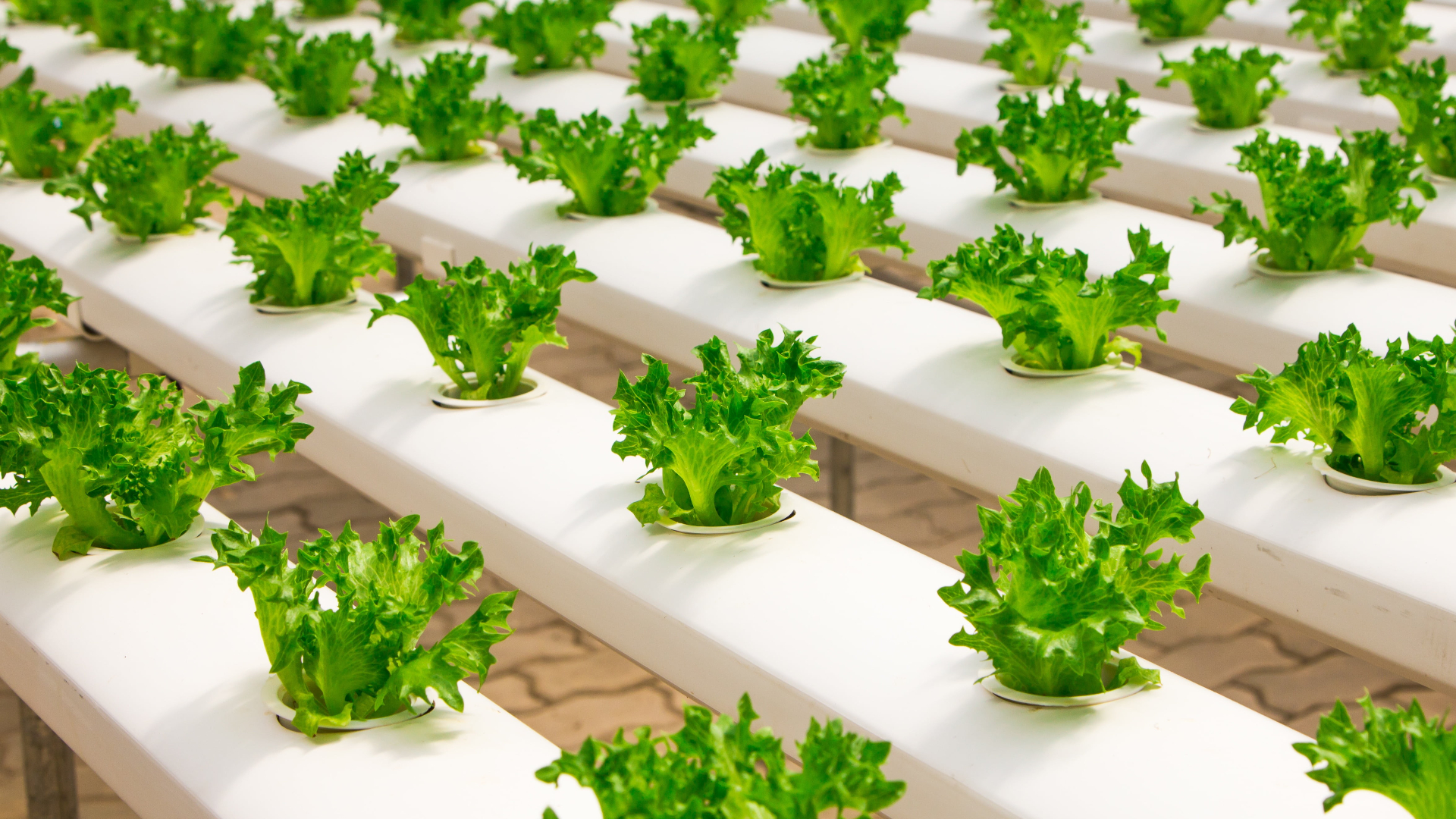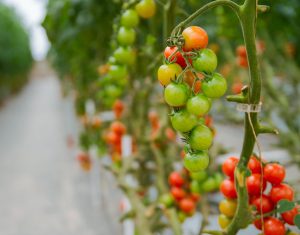
Hydroponics is the cultivation of crops without soil. It is the process of growing crops with water-based nutrients solutions rather than soil. Hydroponic plants or crops are usually grown in a greenhouse. This system of farming is good for people that live in urban settings and do not have enough space for agriculture. Some of the plants that can be grown hydroponically are tomatoes, lettuce, spinach, pepper, cucumber, herbs, strawberries to mention but a few. A point to remember is that different plants have different nutrient requirements, so it’s essential to adjust the hydroponic solution’s composition based on the specific plants you choose to grow.

Advantages of Hydroponics.
- Water Conservation: Hydroponic plants, though they depend primarily on water, make use of 80% less water than traditional soil-based agriculture. This is because water is not lost due to evaporation and also, there is no run-off of water.
- Increased Growing Season: With this system, the farmer can be sure of year-round cultivation because the farmer has control over the temperature, nutrient supply etc. and so, the plants will not be affected.
- Rapid Growth and Yield: Plants in hydroponic systems typically grow faster because they have direct access to the nutrients they need, and the conditions can be optimized for growth.
- Reduced Pests and Diseases: Soil-borne pests and diseases are minimized, as there is no soil for these organisms to thrive in. As a result, the farmer can save money because there is no need for pesticides.
- Plants can be cultivated anywhere: Those staying in urbanized areas where they can’t get space for agriculture can now cultivate some plants as a result of hydroponics. Plants can be cultivated indoors.
- Unlike soil-based agriculture that requires spacing because of competition for soil nutrients, hydroponics provides nutrients directly to the root and so plants can be cultivated in close proximity and this means the farmer can plant more.
- Controlled Nutrient Supply: The nutrient levels can be precisely controlled, leading to more efficient plant growth and resource utilization.

Disadvantages of Hydroponics.
As much as hydroponics has a lot of advantages and a few has been mentioned above, it has some disadvantages. Some are mentioned below;
- The Cost of Set Up: Unlike traditional soil-based agriculture, hydroponics is very expensive to set up. The cost of equipment, such as pumps, grow lights, nutrient solutions, and containers, can add up, especially for larger-scale systems.
- Limited Crop Selection: While many plants can thrive in hydroponic systems, some species are more challenging to grow hydroponically. Certain root vegetables and larger fruiting plants may not be as well-suited for this cultivation method.
- Disease Spread: Since hydroponic systems involve circulating water, there is a risk of diseases spreading rapidly if not adequately monitored and controlled.
- Nutrient Imbalance: Maintaining the right nutrient balance in the water solution is crucial for plant health. Too much or too little of certain nutrients can lead to deficiencies or toxicity, affecting plant growth.
- Dependence on Technology: Hydroponics relies on various technologies like pumps, timers, and sensors. If any of these components malfunction, it can disrupt the entire system and affect the yield.
- Monitoring and Maintenance: As much as traditional agriculture also requires monitoring, hydroponics requires a high level of monitoring and maintenance to ensure the right nutrient levels, proper pH, and prevent clogs or blockages in the system.
Even with the disadvantages, hydroponics remains an efficient and resource-saving method of agriculture, particularly in areas with limited access to arable land or in urban settings where space is limited. With careful planning and attention to detail, many of the challenges associated with hydroponics can be overcome, resulting in successful and productive plant growth.
Featured Image Credit: Wallpaper Flare
Image Credit: Wallpaper Flare
Image 2 Credit: Wikimedia


